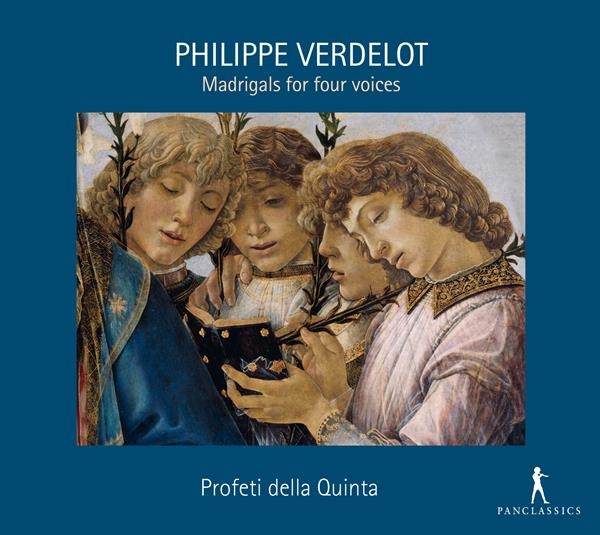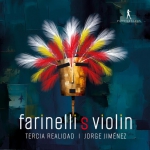Accessories |
My Account
|
Log In
|
English |
€ Euro |
Advanced Search
|
All Categories
BEST SELLER
500
NEW RELEASES
8.328
SPECIALS
231.601
Your search:
No selection
Filter results:
TECHNICS
268.569
GAMES/SOFTWARE
26.109
MUSIC
708.717
Christian Music
732
- Asia Pop
9.324
- Austro Pop
211
- Brit Pop
247
- Dutch Pop
1
- Euro Pop
37
- French Pop
496
- Indie Pop/Lo Fi
24
- Italo Pop
291
- Latin Pop
6.837
- MiddleoftheRoad
2.592
- Oldies
72
- Other Pop
230.007
- Party
29
- Synthi Pop
321
- The 60s
277
|
Music Movie Audiobooks Merchandise Children's |























